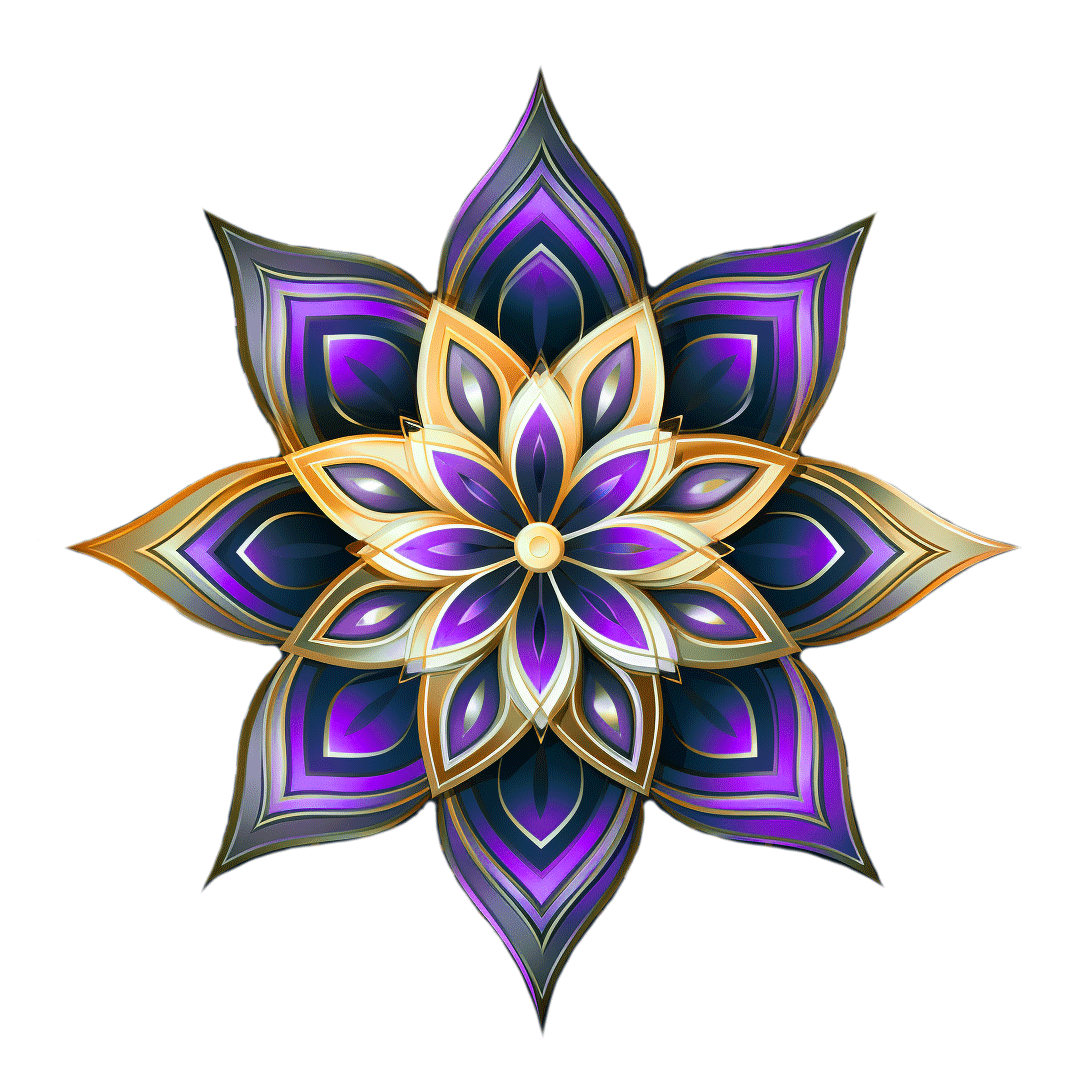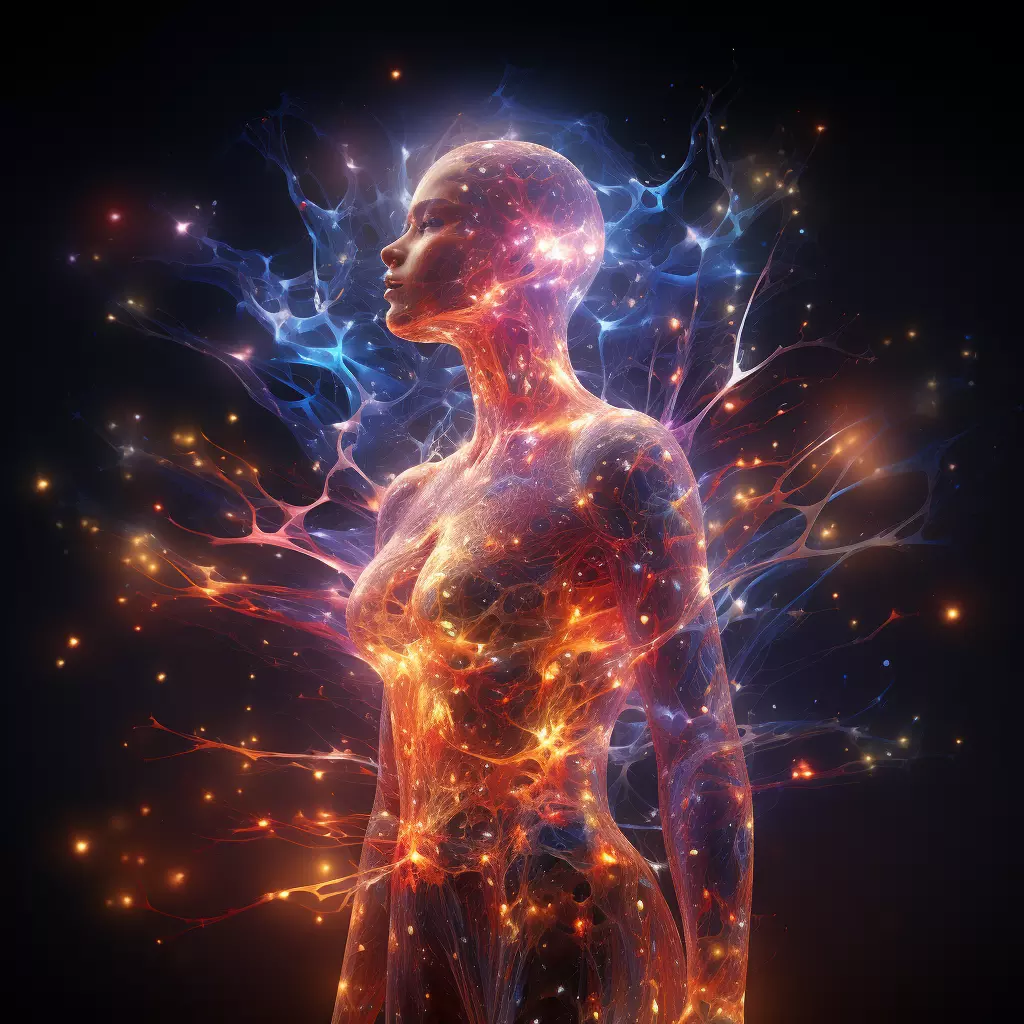
Introduction
Acupuncture, an ancient practice with roots tracing back thousands of years, involves the delicate insertion of fine needles into precise points on the body, orchestrating a symphony of healing responses to enhance overall well-being. As the allure of holistic approaches to health continues to captivate a global audience, acupuncture stands out as a venerable technique that transcends cultural boundaries, weaving a bridge between ancient wisdom and modern wellness practices.
In this comprehensive exploration, we embark on a captivating journey into the world of acupuncture, unraveling its historical origins, understanding the myriad benefits it offers, and providing insights into what individuals can anticipate during an acupuncture session. As we delve into the intricacies of this time-tested practice, we aim to demystify acupuncture, shedding light on its profound impact on the body’s energetic balance and its role as a therapeutic cornerstone in the pursuit of holistic health.
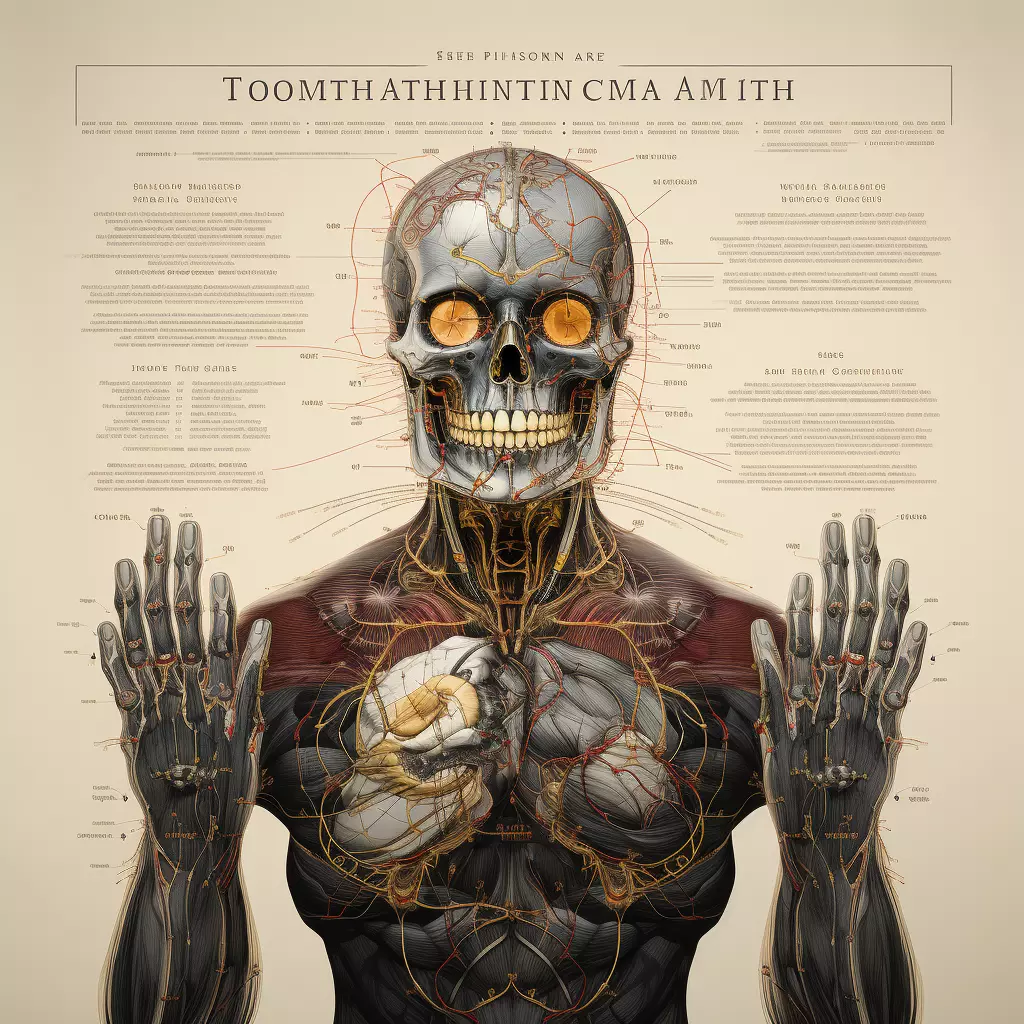
A Glimpse into History
Ancient Origins in China
Acupuncture, with a rich and storied history that spans over two millennia, finds its roots in the ancient civilization of China. Dating back to the earliest medical texts of ancient China, acupuncture’s emergence can be traced to a profound understanding of the body’s vital energy, known as Qi. This section provides a captivating glimpse into the historical tapestry of acupuncture, exploring its inception and initial practices that laid the foundation for a therapeutic tradition that endures to this day.
1. Qi and Ancient Chinese Medicine
At the heart of acupuncture’s history lies the concept of Qi, the vital life force believed to flow through the body along specific pathways called meridians. Ancient Chinese healers conceptualized the balance and flow of Qi as essential for health, inspiring the development of acupuncture techniques to regulate this energetic system.
2. Early Documentation in Medical Texts
The earliest documentation of acupuncture can be found in ancient Chinese medical texts, providing insights into the techniques, philosophies, and principles that guided the practice. These foundational texts serve as windows into the holistic worldview of ancient Chinese medicine, where the interconnectedness of the body, mind, and spirit was paramount.
Evolution and Integration
Acupuncture’s journey through time involves a dynamic evolution that encompasses cultural shifts, advancements in medical understanding, and integration with modern medicine. This sub-section explores the transformative phases that acupuncture underwent, shaping its acceptance and integration as a respected therapeutic option within the broader landscape of healthcare.
1. Cultural Evolution
As acupuncture traversed through different dynasties and cultural epochs in China, it absorbed diverse influences and refined its techniques. This evolution mirrored the adaptability and resilience of acupuncture, allowing it to resonate with varying cultural contexts while preserving its core principles.
2. Integration with Modern Medicine
In more recent times, acupuncture has seamlessly integrated with modern medicine, gaining recognition and acceptance as its own comprehensive medical system. This integration has involved collaborative efforts between traditional acupuncturists and Western medical practitioners, leading to a broader understanding of acupuncture’s potential benefits within the framework of evidence-based medicine.
Wisdom Unveiled
Understanding the historical roots of acupuncture unveils a tapestry of wisdom that has endured the test of time. This section explores the profound insights embedded in acupuncture’s history, shedding light on how ancient Chinese healers navigated the intricate pathways of the body’s energy to promote holistic well-being.
1. Holistic Wisdom of Ancient Healers
Ancient Chinese healers, guided by a holistic worldview, recognized the interconnectedness of the body, mind, and spirit. Their wisdom, steeped in a deep understanding of the body’s interconnectedness with the surrounding universe, laid the groundwork for acupuncture’s therapeutic principles, emphasizing the importance of balance and harmony for optimal health.
2. Time-Tested Holistic Approach
As we delve into acupuncture’s history, we uncover a time-tested holistic approach that transcends cultural and temporal boundaries. The wisdom embedded in acupuncture invites contemplation of the intricate dance between ancient traditions and modern healthcare, offering a perspective that continues to resonate in the pursuit of holistic health and well-being.
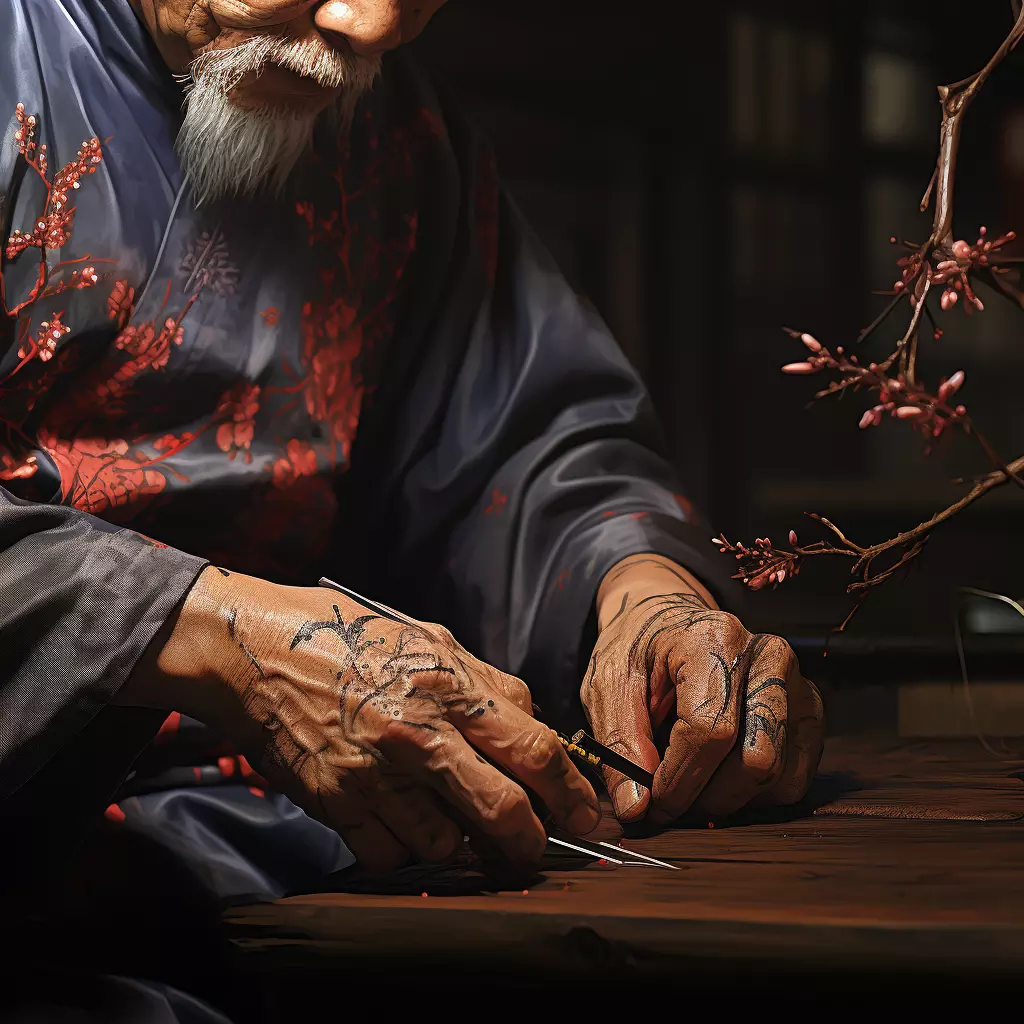
The Science Behind Acupuncture
Principles of Traditional Chinese Medicine
This section delves into the foundational concepts that underpin acupuncture, elucidating the intricate connection between the body’s vital energy, known as Qi, and the specific pathways or meridians through which it flows.
1. Qi: The Vital Life Force
At the core of acupuncture’s scientific foundation lies the concept of Qi, described as the vital life force that animates the body. The fundamental role of Qi in Traditional Chinese Medicine emphasizes its dynamic nature and the belief that disruptions in its flow can manifest as physical or emotional ailments.
2. Meridians as Energetic Pathways
Acupuncturists conceptualize the body’s energy flow through a network of specific pathways called meridians. Each meridian is associated with specific organs and functions. These energetic pathways serve as conduits for Qi, connecting various aspects of the body’s physiological and psychological functions.
Restoring Harmony through Acupuncture
Acupuncture’s primary objective is to restore the harmonious flow of Qi within the body, thereby promoting self-healing.
1. Disruption and Imbalance
When the flow of Qi is disrupted or imbalanced, it will manifest as physical ailments, such as pain or illness, and emotional disturbances. Disruptions in Qi flow serve as the basis for understanding the root causes of various health issues within the context of TCM.
2. Needle Insertion as a Therapeutic Intervention
Acupuncture’s methodology involves the strategic insertion of fine needles into specific points along meridians. The precise placement of needles stimulates the body’s natural healing responses. It is where the needles go, and the technique used by the acupuncturist, that promotes healing. Specific points are selected forming a point prescription, used to address specific imbalances.
3. Restoring Balance for Self-Healing
The ultimate goal of acupuncture is to restore balance within the body, allowing Qi to flow harmoniously. By addressing disruptions and imbalances in the energy system, acupuncture facilitates the body’s innate capacity for self-healing.
By unraveling a bit more about acupuncture, we are bridging the gap between ancient wisdom and contemporary understanding and offering a nuanced perspective on how this time-honored practice views illness. The interplay between Qi, meridians, and the precise therapeutic interventions of acupuncture forms a holistic approach to health grounded in the intricate balance of the body’s vital energy.

Benefits for Mind and Body
Comprehensive Healing Potential
Acupuncture unfolds as a holistic therapy offering a myriad of benefits that extend to both the physical and mental realms. We touch into the comprehensive healing potential of acupuncture, shedding light on its diverse positive effects that contribute to overall well-being.
1. Pain Relief and Healing
One of the most renowned benefits of acupuncture is its efficacy in pain management. By targeting specific acupoints related to pain pathways, acupuncture stimulates the release of endorphins, the body’s natural painkillers. Acupuncture serves as a powerful tool for relieving chronic pain, addressing conditions such as back pain, migraines, and arthritis.
2. Improved Sleep Quality
Acupuncture demonstrates a notable impact on sleep patterns and quality. By regulating the nervous system and promoting relaxation, acupuncture aids individuals in achieving better sleep. The mechanisms behind acupuncture’s influence on sleep, offering insights into its potential for addressing insomnia and promoting restful nights.
Stress Reduction and Emotional Well-Being
The positive effects of acupuncture extend beyond the physical realm, encompassing profound benefits for emotional well-being and stress reduction. Acupuncture serves as a holistic intervention for fostering mental clarity, emotional balance, and overall resilience in the face of stress.
1. Stress Reduction through Qi Balancing
Acupuncture’s core principle of balancing Qi is intricately connected to stress reduction. By harmonizing the flow of vital energy, acupuncture helps alleviate tension and promotes a sense of calm. Acupuncture addresses stress at its root, offering individuals a holistic approach to managing the demands of daily life.
2. Enhanced Mental Clarity and Focus
Acupuncture’s impact on mental clarity and focus is a testament to its holistic nature. By supporting optimal blood flow to the brain and regulating neurotransmitters, acupuncture contributes to enhanced cognitive function. Acupuncture can be a valuable ally in improving concentration, memory, and overall mental acuity.
Emotional Balance and Well-Being
Acupuncture’s influence on emotional balance goes beyond stress reduction, encompassing a broader spectrum of mental well-being. We examine how acupuncture, through its impact on the body’s energy system, contributes to emotional stability, resilience, and a heightened sense of overall well-being.
1. Addressing Emotional Imbalances
Acupuncture’s approach to emotional well-being involves addressing imbalances in the body’s energy system that may contribute to mood disorders, anxiety, or depression. Many emotional imbalances can be connected to a person’s constitution and state of physical health. For instance, too much empty heat, a common symptom with yin deficiency, can result in anxiety and a ‘tired but wired’ feeling. Whereas those with yang deficiency may experience more depression and lethargy. In our session, we can explore the connection between acupuncture and emotional health, and tailor treatments specific for help with navigating emotional challenges.
2. Holistic Resilience and Vitality
As we navigate the diverse benefits of acupuncture for the mind and body, we uncover a holistic approach to resilience and vitality. By promoting balance in both the physical and energetic aspects of well-being, acupuncture emerges as a profound ally in the journey toward optimal health and a harmonious mind-body connection.
In this comprehensive exploration, we illuminate the multifaceted benefits of acupuncture, showcasing its capacity to address not only physical ailments but also to nurture mental clarity, emotional balance, and overall vitality
The Varieties of Acupuncture
Comprehensive Healing Potential
Acupuncture unfolds as a holistic therapy offering a myriad of benefits that extend to both the physical and mental realms. We touch into the comprehensive healing potential of acupuncture, shedding light on its diverse positive effects that contribute to overall well-being.
1. Pain Relief and Healing
One of the most renowned benefits of acupuncture is its efficacy in pain management. By targeting specific acupoints related to pain pathways, acupuncture stimulates the release of endorphins, the body’s natural painkillers. Acupuncture serves as a powerful tool for relieving chronic pain, addressing conditions such as back pain, migraines, and arthritis.
2. Improved Sleep Quality
Acupuncture demonstrates a notable impact on sleep patterns and quality. By regulating the nervous system and promoting relaxation, acupuncture aids individuals in achieving better sleep. The mechanisms behind acupuncture’s influence on sleep, offering insights into its potential for addressing insomnia and promoting restful nights.
Stress Reduction and Emotional Well-Being
The positive effects of acupuncture extend beyond the physical realm, encompassing profound benefits for emotional well-being and stress reduction. Acupuncture serves as a holistic intervention for fostering mental clarity, emotional balance, and overall resilience in the face of stress.
1. Stress Reduction through Qi Balancing
Acupuncture’s core principle of balancing Qi is intricately connected to stress reduction. By harmonizing the flow of vital energy, acupuncture helps alleviate tension and promotes a sense of calm. Acupuncture addresses stress at its root, offering individuals a holistic approach to managing the demands of daily life.
2. Enhanced Mental Clarity and Focus
Acupuncture’s impact on mental clarity and focus is a testament to its holistic nature. By supporting optimal blood flow to the brain and regulating neurotransmitters, acupuncture contributes to enhanced cognitive function. Acupuncture can be a valuable ally in improving concentration, memory, and overall mental acuity.
Emotional Balance and Well-Being
Acupuncture’s influence on emotional balance goes beyond stress reduction, encompassing a broader spectrum of mental well-being. We examine how acupuncture, through its impact on the body’s energy system, contributes to emotional stability, resilience, and a heightened sense of overall well-being.
1. Addressing Emotional Imbalances
Acupuncture’s approach to emotional well-being involves addressing imbalances in the body’s energy system that may contribute to mood disorders, anxiety, or depression. Many emotional imbalances can be connected to a person’s constitution and state of physical health. For instance, too much empty heat, a common symptom with yin deficiency, can result in anxiety and a ‘tired but wired’ feeling. Whereas those with yang deficiency may experience more depression and lethargy. In our session, we can explore the connection between acupuncture and emotional health, and tailor treatments specific for help with navigating emotional challenges.
2. Holistic Resilience and Vitality
As we navigate the diverse benefits of acupuncture for the mind and body, we uncover a holistic approach to resilience and vitality. By promoting balance in both the physical and energetic aspects of well-being, acupuncture emerges as a profound ally in the journey toward optimal health and a harmonious mind-body connection.
In this comprehensive exploration, we illuminate the multifaceted benefits of acupuncture, showcasing its capacity to address not only physical ailments but also to nurture mental clarity, emotional balance, and overall vitality
Choosing the Right Approach
Selecting the most suitable style of acupuncture is a personalized decision based on individual preferences and health goals. This section provides guidance on how individuals can navigate the variety of acupuncture styles, emphasizing the importance of consultation with a qualified practitioner to determine the most fitting approach for their unique needs.
1. Individualized Consultation
Navigating the diverse landscape of acupuncture styles requires an individualized approach. It is essential to seek guidance from a qualified practitioner who can assess individual health conditions, preferences, and treatment goals to tailor the acupuncture experience accordingly.
2. Integration of Styles for Holistic Care
In some cases, practitioners may integrate elements from different acupuncture styles to create a customized and holistic treatment plan. This approach allows for a synergistic blend of techniques that address various aspects of an individual’s well-being. An integrated approach can offer a comprehensive and personalized healing experience.
In this exploration of the varieties of acupuncture, we unveil a spectrum of approaches that honor the diversity of individual experiences and preferences. From traditional Chinese acupuncture to Japanese and Korean variations, each style contributes to the rich and evolving landscape of acupuncture, providing individuals with options to embark on their unique journey towards health and balance.

The Acupuncture Experience
Embarking on an acupuncture session is a unique and often transformative experience. This section provides a detailed guide to what individuals can expect during a typical acupuncture appointment, offering insights into the non-invasive and generally painless nature of the procedure.
1. Consultation and Assessment
Understanding Your Health Goals
The journey begins with a comprehensive consultation where the acupuncturist seeks to understand your health history, concerns, and goals. The importance of open communication is crucial during this phase, fostering a collaborative approach between the practitioner and the individual seeking acupuncture.
Diagnostic Techniques in Traditional Chinese Medicine
Incorporating diagnostic techniques rooted in Traditional Chinese Medicine, the acupuncturist may examine factors such as pulse, tongue appearance, and overall energy balance. The significance of these diagnostic methods are important, providing an understanding of how they contribute to the personalized treatment plan.
2. Setting the Stage for Treatment
Creating a Comfortable Environment
Establishing a serene and comfortable environment is paramount for a positive acupuncture experience. Acupuncturists curate a calming atmosphere, addressing any concerns or anxieties individuals may have and ensuring that they feel at ease before the treatment begins.
Communication and Collaboration
Communication remains key throughout the acupuncture session. Emphasis on the ongoing collaboration between the practitioner and the individual, encouraging open dialogue about sensations, preferences, and any adjustments needed during the treatment.
1. The Needle Insertion Process
Precision and Skill
As the acupuncture needles are delicately inserted into specific acupoints, precision and skill play a crucial role. The techniques employed by acupuncturists ensure accurate needle placement and the overall painless nature of the process.
Sensations During Needle Insertion
Patients may experience mild sensation during needle insertion. Painful needle insertion is a common concern for many, be assured that any sensations are typically mild and transient. Understanding these sensations contributes to a more relaxed and confident experience.
2. Needle Retention and Energy Flow
Facilitating the Flow of Qi
Once the needles are in place, the acupuncturist allows for a period of needle retention. This phase facilitates the smooth flow of Qi, promoting the body’s natural healing responses. Individuals gain insights into the importance of relaxation during this stage for optimal therapeutic benefits.
Individualized Treatment Plans
Highlighting the individualized nature of acupuncture, the acupuncturist will discuss your specific health goals with you. Whether targeting pain relief, stress reduction, or other concerns, the acupuncturist crafts a unique approach for each individual.
3. Conclusion and Post-Treatment Guidance
Reflecting on the Experience
As the acupuncture session concludes, individuals are encouraged to reflect on their experience. Acupuncture can heighten self-awareness and the patient may observe new changes in physical or emotional states.
Post-Treatment Recommendations
To enhance the benefits of acupuncture, post-treatment recommendations are provided. This includes aspects such as hydration, rest, and any additional self-care practices recommended by the acupuncturist to support the body’s response to the treatment.
Embracing the Transformative Potential
In navigating the acupuncture experience, individuals are invited to approach the process with confidence and an open mind. The transformative potential of acupuncture is endless, encouraging individuals to embrace the journey toward enhanced well-being with a sense of curiosity and empowerment.
Acupuncture for Specific Conditions
Acupuncture emerges as a versatile therapeutic approach, showcasing promise in the treatment of diverse health conditions. There are specific issues where acupuncture has demonstrated efficacy, providing a nuanced understanding of its applications for targeted wellness.
1. Pain Management through Acupuncture
Addressing Chronic Pain
Acupuncture stands as a beacon of hope for individuals grappling with chronic pain conditions. Acupuncture targets pain pathways, triggers the release of endorphins, and modulates the nervous system to alleviate conditions such as back pain, arthritis, and migraines.
Postoperative Pain Relief
For those navigating postoperative discomfort, acupuncture serves as a complementary intervention for pain relief. Understanding the mechanisms behind acupuncture’s impact on postoperative pain is important.
2. Digestive Disorders and Acupuncture
Restoring Digestive Harmony
Acupuncture extends its healing touch to address digestive disorders, offering a holistic approach to restoring harmony within the gastrointestinal system. Acupuncture influences digestive functions, alleviating issues like irritable bowel syndrome (IBS) and indigestion.
Support for Weight Management
In the realm of weight management, acupuncture provides a supportive avenue. Acupuncture may contribute to weight loss efforts, addressing factors such as appetite regulation, stress-induced eating, and metabolic balance.
3. Stress-Related Ailments and Acupuncture
Harmonizing the Stress Response
Acupuncture emerges as a powerful ally in managing stress-related ailments. We illuminate how acupuncture harmonizes the body’s stress response, addressing conditions like anxiety and insomnia. Insights into the impact of acupuncture on the nervous system contribute to a comprehensive understanding of its stress-relieving effects.
Mental Wellness and Emotional Balance
Beyond stress, acupuncture plays a role in promoting mental wellness and emotional balance. Exploring its impact on neurotransmitters and mood-regulating pathways, Acupuncture can be integrated into mental health strategies, offering a holistic approach to emotional well-being.
Tailored Approaches for Holistic Wellness
1. Individualized Treatment Plans
Crafting a Holistic Approach
A hallmark of acupuncture is its ability to offer individualized treatment plans.
Acupuncture treatments are tailored to address the unique needs, constitution, and health goals of each individual.
Integrative Care for Comprehensive Wellness
Acupuncture can be seamlessly integrated into comprehensive wellness plans. Whether as a standalone therapy or part of a multidisciplinary approach, acupuncture contributes to a holistic framework for overall well-being.
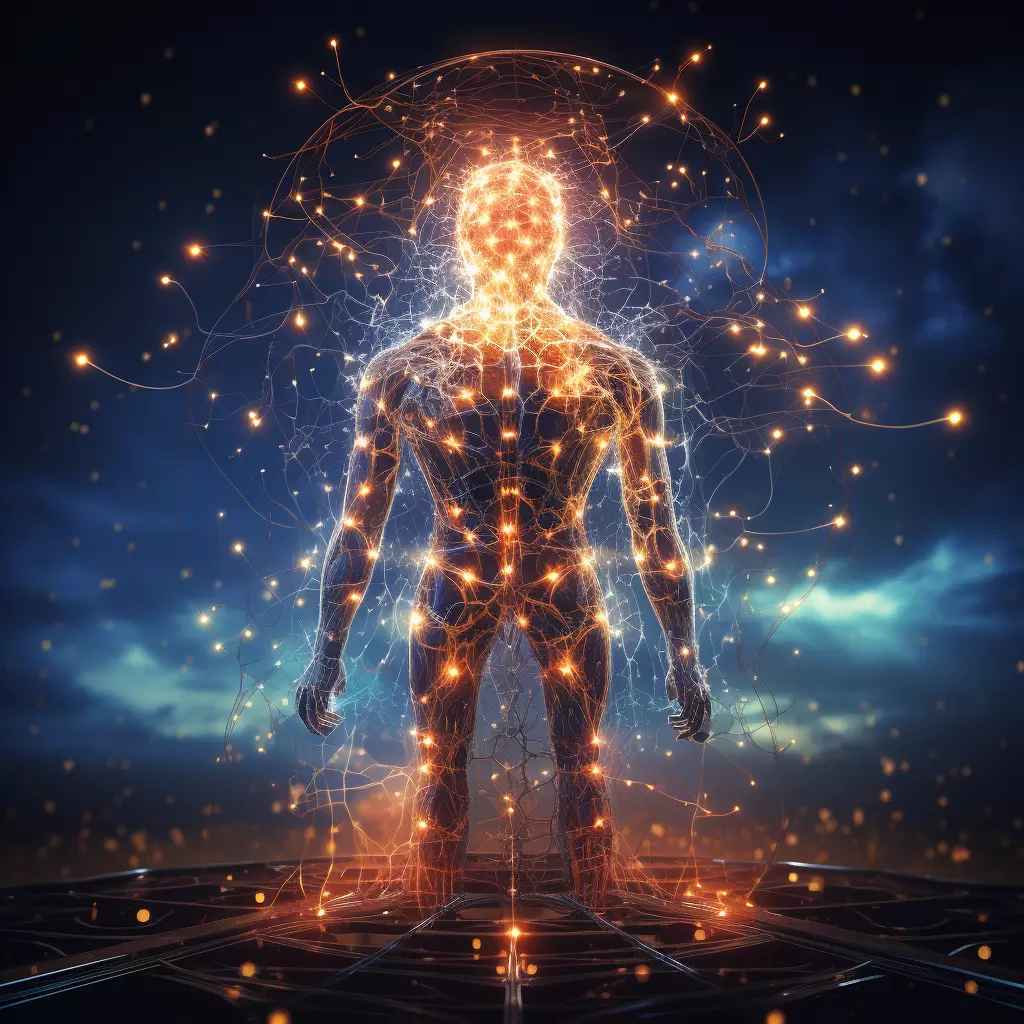
Safety and Regulation
Safety is at the forefront of acupuncture practices, underlining the commitment to ensuring the well-being of individuals seeking this holistic therapy. Explore the safety measures, practitioner qualifications, and the regulatory framework that safeguard patients in the realm of acupuncture.
1. Qualifications of Acupuncture Practitioners
Education and Training Standards
Understanding the qualifications of acupuncture practitioners is foundational to ensuring safe and effective treatments. In order to be licensed, acupuncturists are required to attend a rigorous 3-4 year masters program in an accredited Chinese medicine school. Upon graduation, students must pass several board exams to become nationally and state certified. Each year, acupuncturists must meet a variety of continuing education requirements in order to ensure their training is up to date.
Certification and Licensing
Certification and licensing serve as markers of a practitioner’s competency and adherence to established standards. There is significance of these credentials, providing insights into the regulatory processes that validate an acupuncturist’s qualifications.
2. Safety Measures in Acupuncture Practice
Needle Sterilization and Hygiene Protocols
Needle sterilization and stringent hygiene protocols are non-negotiable aspects of safe acupuncture practice. Illuminating the meticulous measures taken to ensure the cleanliness and safety of acupuncture needles, reducing the risk of infections or complications.
Patient Screening and Health Assessments
Prior to any acupuncture intervention, thorough patient screening and health assessments are conducted. During these assessments it is important to identify existing health conditions and discuss personalized considerations for optimal safety.
3. Regulatory Framework for Acupuncture
National and State Regulations
Acupuncture operates within a regulatory framework that varies across nations and states. There are national and state-level regulations governing acupuncture practices, shedding light on the legal parameters that uphold standards and protect patient interests.
Professional Codes of Ethics
Professional codes of ethics form an integral part of the regulatory landscape. There are ethical guidelines that acupuncturists adhere to, emphasizing principles such as patient confidentiality, informed consent, and respectful communication.
Empowering Patients through Informed Choices
1. Patient Education and Informed Consent
Empowering Patients with Knowledge
Patient education is a cornerstone of acupuncture safety. Practitioners empower patients with knowledge about the acupuncture process, expected sensations, and potential outcomes. Informed consent is highlighted as a collaborative aspect, ensuring patients actively participate in their healthcare decisions.
Communication Channels
Effective communication channels between practitioners and patients foster transparency and trust. There is importance of open dialogue, allowing patients to express concerns, ask questions, and actively engage in their acupuncture journey.
2. Continual Monitoring and Feedback Loops
Monitoring Treatment Responses
Continual monitoring of treatment responses is integral to acupuncture safety. Practitioners track patient progress, adjust treatment plans as needed, and maintain open channels for feedback to ensure ongoing safety and effectiveness.
Quality Assurance and Professional Development
Quality assurance mechanisms and ongoing professional development contribute to the safety and competence of acupuncture practitioners. Outlining the measures within the acupuncture community to uphold quality standards and facilitate continuous learning.
In the safety and regulation in acupuncture, individuals gain a deeper understanding of the measures in place to prioritize their well-being. From practitioner qualifications and safety protocols to regulatory frameworks and patient empowerment, acupuncture practices are committed to safety. Individuals are empowered to make informed choices, fostering a sense of confidence and trust in the transformative potential of acupuncture for holistic well-being.
The journey through acupuncture’s multifaceted aspects, including its history, varied applications, and emphasis on safety and regulation, reveals a holistic practice deeply rooted in promoting well-being. Beyond being a passing trend, acupuncture emerges as a transformative and enduring therapeutic option. Its potential to address diverse conditions, from pain management to stress reduction, underscores its profound impact on overall health. Whether one seeks relief from specific ailments or is drawn to explore the ancient healing art for holistic revitalization, acupuncture stands as a key to unlocking a path toward a healthier and more balanced self.

Conclusion
Acupuncture, with its rich history and potential health benefits, is more than just a passing trend. It’s a holistic practice that can revitalize your health, address a range of conditions, and promote overall well-being. Whether you’re seeking relief from pain, stress reduction, or simply looking to explore an ancient healing art, acupuncture may hold the key to a healthier, revitalized you.
